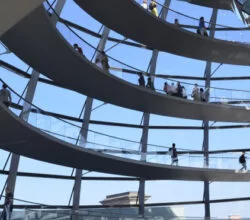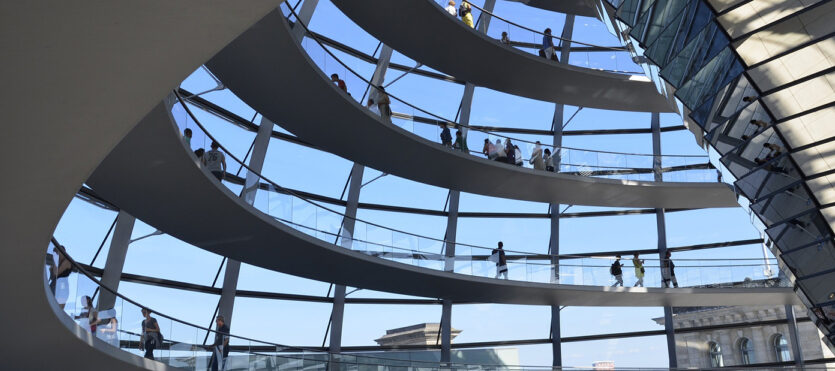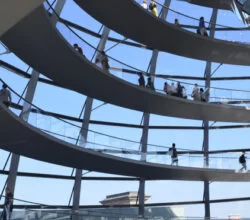Berlin Architecture and Its History

Berlin is a city in constant reshaping. The city was heavily bombed during World War II, and many buildings were demolished. It affected Berlin architecture overall. However, the city has always retained an eclectic mix of architecture, and the resulting visual story has been shaped by both its history and its role in twentieth-century German culture.
In the 1920s, the emergence of modern architecture was evident in Berlin. It was a period of unimagined population growth, accompanied by an industrial boom. This prompted the creation of new constructions, as well as the development of a more open style of iron regulation. With the fall of the Berlin Wall in 1989, the city began a process of redevelopment across the border. Today, even fewer examples of fascist-era constructions remain in Berlin. Fortunately, the city’s architectural legacy is more varied than ever.
While the first half of the twentieth century was marked by the rise of the German architectural avant garde, there was also a wave of informal interventions that took advantage of vacant and disputed spaces. Berlin was a city of hard-fought planning battles. During the early 20th century, architects like Georg Kolbe and Henry van de Velde were active in the city, creating studio house ensembles that were significant examples of Berlin architecture.
After the outbreak of World War II, the city became divided. Parts of the city were occupied by the Gestapo. At the time, Berlin was still a center of political activism. During this time, the government developed ambitious building programs. These included the Reichsbank, which was designed by Heinrich Wolff.
Berlin Architecture
Throughout the 1950s and 1960s, the city was a center of social and political unrest. A variety of different governments ruled the city, each adding their own flavor to the architecture. Some of these designs are simply stunning.
Many of the best-known works of contemporary architecture in Berlin are actually the result of renovations and restorations that took place during this period. Daniel Libeskind’s Deconstructivist Jewish Museum, for example, broke with all previous building styles in the city and was completed in 1999. Other designs include the Dutch Embassy, the Serrano and Gonzalez de Leon Mexican Embassy, and the Nordic Embassy complex by Berger + Parkinnen.
During the 1990s, Berlin underwent a reshaping, which revealed many gross misunderstandings. In an attempt to preserve the city’s architecture, the German government began appropriating old buildings. Most of these buildings are now restored or are being reconstructed. Regardless of the reason for their restoration, these structures are a testament to the city’s post-war construction boom.
Berlin is an incredible place for architecture. Although the city is still under construction, there are plenty of beautiful pieces. Among the latest additions are Rem Koolhaas’s Dutch Embassy and the Michael Wilford British Embassy.
Berlin was an important player in the twentieth century, with its role as the capital of two countries. Despite its history, the city is an exciting place to live. There are numerous museums, monuments, and parks to see.
Interested in investing in Dubai real estate? Connect with real estate professionals for complete Dubai property related information. Visit our website!


